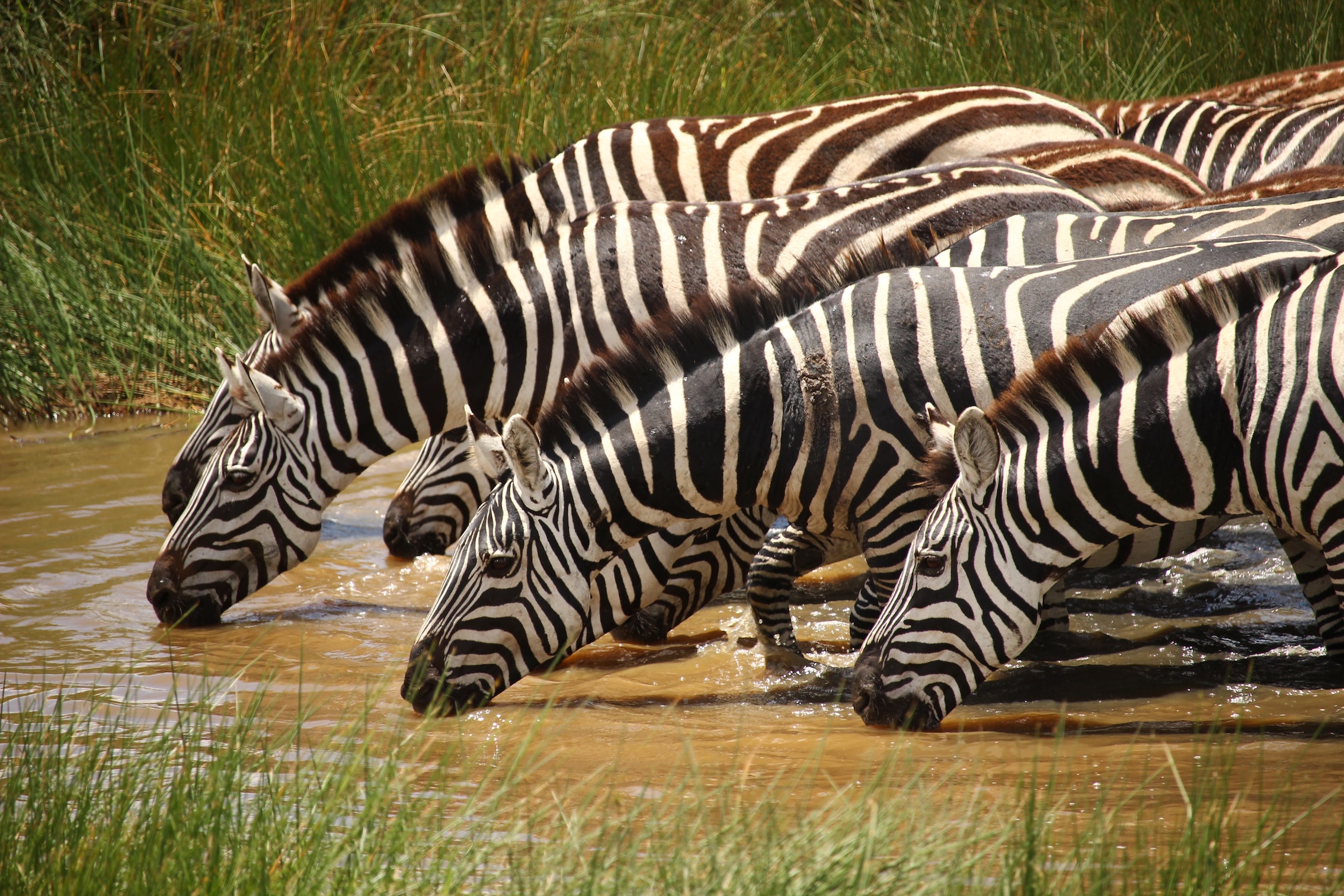In brief
In this Joining the Dots blog, co-founder of Enrol Yourself and friend of The Relationships Project Zahra Davidson discusses the power of Huddles; small, non-hierarchical learning communities who support one another to grow and learn.

Zahra Davidson
Zahra is co-founder of Enrol Yourself, a peer learning community which equips twenty-first century adults to develop themselves, together. Zahra is also a service designer and has been working with The Relationships project for the past year.

It’s a multi-directional set of relationships that form between peers in micro ‘learning communities’ or ‘Huddles’. In this blog I aim to set out the particular power of these small, purposeful groups – and why we need that power now more than ever: to add our weight to the growing movement for a ‘post-growth’ economy.
But, in addition, we believe there is work that can be done ‘at home’. Work that will be a bit more joyful, a bit less painful – and a bit more possible – when taken on in small groups.
Over the next decade we will be staking our contribution, small though it may be, on the power of Huddles to provide a very pragmatic way for people to practice a post-growth future here in the present. And, by doing so, develop some of the relationships and mindsets that will strengthen resilience.
It’s important to recognise that most of what I’m writing about has ancient roots that extend back far beyond historical records. But it is also recognised by modern science, which can show that difficult shifts really are easier with the support of trusted relationships.
Jim Coan, the Director of the Virginia Affective Neuroscience Laboratory, discusses some such science on a recent podcast, the Jim Rutt Show. He says:
Unsurprisingly, the findings also show that the hill looks even steeper if you put on a heavy backpack. Steepness is in proportion to how much motivation you have to get to the top, so by placing additional weight on your back, you’ve shifted the balance in favour of staying put.
However, even with the backpack, if a trusted friend shows up and stands with you, the hill corrects itself in terms of how you perceive its steepness. Within the frame of bioenergetic resources this is surprising. ‘You’re not going to eat your friend!’ says Jim. Hopefully not. What is happening is that your friend actually alters your perception, and as a result alters the way your brain is budgeting your resources. Your brain assumes you have more resources, even though in material terms, you don’t.

Jim’s findings are not reproduced between strangers. This is important because it suggests that for these benefits to be created and maintained, shallow, competitive or solely professional relationships won’t suffice. The relationships need to have the warmth and trust of a friendship.
So, back to those 11,000 eminent scientists and their warning that we must radically transform our human behaviour or face extinction. Well, it would seem like madness not to be practicing this neuroscientific ‘magic trick’. If there are known paths to perceive the steep slope of transformation as more manageable, let’s take them. Which is not to suggest that doing things together in this way is easy, it’s not.
Most of us have grown up on a diet of individualism, so there is huge learning and unlearning involved. But therein lies the mechanism for rehearsing post-growth relational culture in the present!
To grease the wheels of transformation we can all be doing some learning, unlearning, questioning, creating, healing, or changing of our behaviour. And in general, doing it alone will make it harder.
The raw materials that Huddles require – people – are in abundant supply. But the craft needed to effectively arrange these resources to produce the benefits described – is not so abundant, and is far from evenly distributed.
So at Enrol Yourself we’re working to distribute this craft more widely and more inclusively. We do this by training Hosts to initiate and facilitate Huddles locally, or around a specific purpose.

Definition of terms
Here are a few definitions which, at the very least, helped me get my head around my own message! (But they might help you too)
Huddle
A small group of no more than 12 people, supporting one another to intentionally Shift. A Huddle might also be called a ‘peer group’ or a ‘micro-community’. Members of a Huddle commit to supporting each other for the duration of the Journey.
Shift
This will mean something different for each Huddle, and for each individual. The focus might be learning, unlearning, grappling with big questions, changing behaviour, healing, creating, thriving; or any combination of the above.
Journey
Members of a Huddle agree to a period of time over which they will work together, through a series of meetings, activities and/or shared responsibilities that will help them to Shift. This is in contrast to communities where the engagement is indefinite. The journey might be repeated or extended, and in most cases some or all of the relationships will outlive the journey.
Host
An important role for successful Huddles, which might be held largely by one person, shared or rotated around members of the Huddle. The Host is not a teacher or leader, but a guide, there to help the group stick together and navigate their resources.
Huddle-craft
The art and craft of hosting and/or participating in a Huddle.

3 key ingredients
There are probably lots of reasons why this particular type of small-group relationship has power. I want to mention 3 of these here.
Firstly, the size of the Huddle is really important
I’ve defined a Huddle as being no more than 12 people, but many may prefer as few as 6 or 8 members. This is because there is a big cognitive difference between a community where you can meaningfully build a relationship with everyone, and one where you might recognise everyone but couldn’t possibly know them all with any depth.
An example from a different field can aptly illustrate why size matters. I found this example when reading Palaces for the People by Eric Klinenberg (which, as an aside, I highly recommend). The Pruitt-Igoe Housing Project was a complex of residential towers that opened in North st. Louis in the 50s, and is a famous failure in the history of American public housing.
Initially he thought to blame the residents, as is often the case in theories about the causes of crime. But he began to observe that individual families kept their own apartments clean and tidy. Families also shared balconies between 2 apartments, which were also well kept.
At the same time he observed a housing project next door, with exactly the same demographics. Unlike Pruitt-Igoe, this project remained fully occupied and safe. Structurally it was very different. There were rows of just a few houses around a shared semi-private outdoor area. The few families in each segment could identify each other as neighbours and friends. He wrote:
In groups of 12 or less, your participation (or lack of) makes a really meaningful impact. If you don’t contribute, everyone will miss out – and everyone will know.
You can play a really meaningful role in shaping the culture, purpose and practices of the group, and therefore you can feel genuinely invested and needed. You can feel a sense of ownership and belonging.
A small size of group makes you the subject of the community, rather than an object within it.
Secondly, it’s important that the Journey has an end-date
This is because, cognitively, it is more manageable to commit to supporting other humans (usually in addition to partners, families and friends) when you know there’s an end in sight. To return to the neuroscience, it is difficult for your brain to budget the energetic resources involved in climbing the hill if you can’t even see the top. So you would need monumentally high motivation in order to get started.
The end-date is also important for setting the relationships up in the right way. It’s important that the Huddle does not come with the expectation that all the relationships should last forever. This allows the right balance to be struck between; the functional and purposeful nature of relationships that have been initiated; and the need for relationships to resemble friendships in their warmth, intimacy and levels of trust and safety.
It might feel contradictory, but beginning without the pressure and expectation of lasting friendship actually creates a kind of anonymity, which in turn facilitates honesty and vulnerability that is not always present in old, enduring friendships.
This allows the relationships to be really functional, because people can ‘try on’ different versions of themselves without being restricted by who their friends think they ‘are and always will be’.
Ironically this avoidance of ‘classic’ friendship dynamics seems to create fertile soil for new friendships! But the point is, this is a welcome result of Huddles, but not the objective. The Huddle is a vehicle for moving yourself, kind of like public transport. You get in the bus with a number of others for the duration of the journey, and then you get off!
Over the last 18 months Enrol Yourself has been working with Friends of the Earth to launch and develop Own It, a peer support network for women taking climate action through their personal finance. Essentially, this is a network of women supporting each other to take actions like; divesting their pensions from fossil fuels; switching to more ethical banks; or spending more locally.
We train women as volunteer Hosts. They initiate a Huddle. They’re trained to host a mini-programme of just 3 meetups with the women they bring together. I’ve loved working on this project because it offers such manageable steps toward action. In part, this is because it’s easy for the brain to budget resources to Own It. You can see the top of the hill you’re climbing (the end-date); you climb it with a small group of peers; and you can see the impact you’ll have had by the time you get to the top. This makes it easy on the brain when it’s doing it’s calculations.
When someone asks you to ‘join the movement!’ it is neurologically normal for your brain to tie itself in knots trying to work out what the commitment is, and what the return on investment will be. With Own It, most of that is visible from the bottom of the hill.
Last but not least, it’s important that a Huddle is circular in its ‘shape’
This does not literally mean that participants need to be sat in a circle at all times. It means that, to the best of the ability of the participants, a Huddle is a non-hierarchical and equitable space. It means there is shared responsibility for the Huddle and that all participants are peers, even when one or more participants are taking on the role of Host.
An expert could gather 8 students to teach them how to be experts too. From the outside this will look like a Huddle. But it isn’t. It’s not circular. It just happens to be of a similar size. This is a vehicle for transfer of knowledge rather than one of mutual support and co-discovery.
If you’ve ever tried to draw a perfect circle on paper you’ll know it’s basically impossible. But you’ll also know you can improve with practice. Same with trying to huddle in a circular shape.
A Huddle is full of people so the circle will always be imperfect. Always. Without exception. But the intention and the work involved in trying is what matters. And your craft will improve with practice. Imagine what would be possible if everyone levelled up their ability to be circular!
These ideas are ancient and can be found in all traditions. I’m particularly influenced by Native American culture when it comes to circles, and hugely inspired by the way they thought of all people as mirrors for all other people to look into. Thus, by sitting in a circle with other people, you can see yourself reflected from multiple perspectives all at once. They recognised that the power of this ‘learning technology’ (they didn’t call it that) came, at least in part, from its circular shape.
Hyemeyohsts Storm is a great writer from whom you can learn more if you’re interested. This is a tiny extract from his book Seven Arrows:
More examples, resources and reading
- Check out WEvolution which enables women from disadvantaged communities in Scotland to form ‘Self-Reliant Groups’ (SRGs).
- Browse through this collection of ‘Learning Gardens’, many of which are also Huddles.
- Take a look at the Family Independence Initiative, an organisation in the US who help low-income families to work in peer groups to lead their own change.
- Have a look at our own Host Fellowship which prepares aspiring and experienced facilitators to initiate and host their own Huddle.
- If you fancy participating in a Huddle, have a look at our Learning Relay, a 3 month online journey.
- To read more about very similar ideas, check out Microsolidarity, and generally things written by Richard D. Bartlett.
- For approaches and resources for being ‘circular’ have a look at The Circle Way.
- For nerdy chats or for help with application of these ideas, get in touch via zahra@enrolyourself.com

What a wonderful article Zahra! This is a great example of self-organizing. See also https://networkweaver.com/what-is-self-organizing/